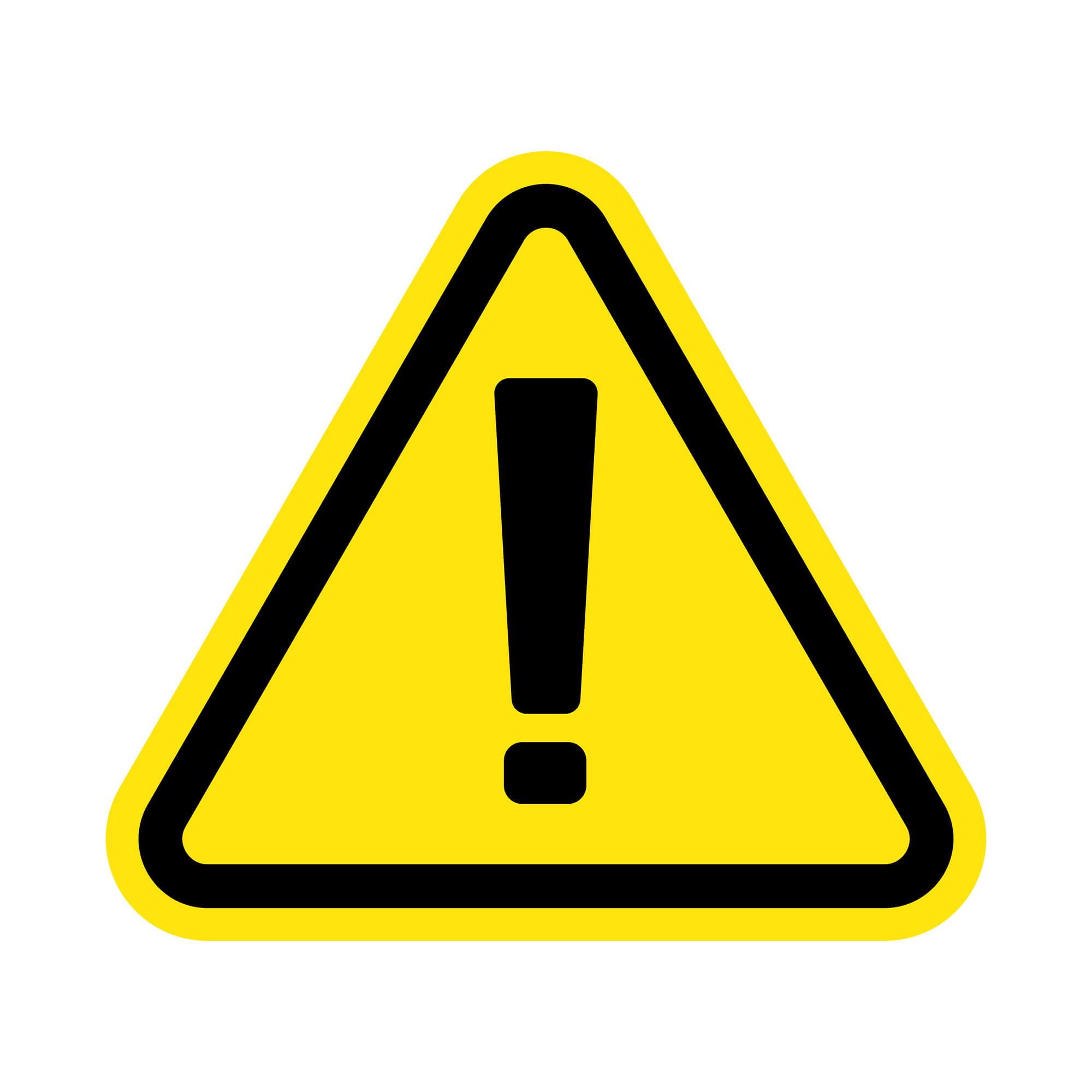Creating a safe and healthy work environment requires thoroughly understanding workplace hazards. In this article, we will explore the meaning and definition of workplace hazards, their potential to cause harm, and the importance of identifying, assessing, and controlling them. With a focus on health and safety, we will delve into various types of hazards, including biological ones, and provide insights on mitigating risks through effective hazard management.
What are Workplace Hazards?
Workplace hazards refer to any condition, substance, or situation in the work environment that has the potential to cause harm to employees, visitors, or the surrounding environment. These hazards can arise from various sources, such as physical, chemical, biological, ergonomic, and psychosocial factors. Understanding workplace hazards is crucial for maintaining a safe and productive work environment.
Types of Workplace Hazards
Physical Hazards
Physical hazards encompass a wide range of potential risks in the workplace. These hazards include exposure to noise, vibration, extreme temperatures, radiation, and ergonomic factors. For instance, poor ergonomic design or repetitive tasks can lead to musculoskeletal disorders, while excessive noise levels can damage hearing. It is important to identify and implement appropriate control measures to mitigate these physical hazards and protect employees' well-being.
Chemical Hazards
Chemical hazards involve the presence of hazardous substances in the workplace. These substances include toxic chemicals, flammable materials, gases, and fumes. Exposure to these hazardous substances can cause acute or chronic health effects, such as respiratory problems, skin irritation, or even long-term diseases. Effective control measures, including proper storage, labelling, ventilation, and personal protective equipment (PPE), are essential to minimize the risks associated with chemical hazards.
Biological Hazards
Biological hazards arise from exposure to living organisms or their byproducts. In the workplace, biological hazards include viruses, bacteria, fungi, parasites, and allergens. Healthcare facilities, laboratories, and industries dealing with biological materials are particularly susceptible. Employers must implement measures to protect workers from the potential health risks associated with biological hazards, including proper hygiene practices, vaccination programs, and appropriate personal protective equipment.
Psychosocial Hazards
Psychosocial hazards encompass factors that impact mental and emotional well-being in the workplace. These hazards include workplace stress, bullying, harassment, violence, and poor organizational culture. Psychosocial hazards can lead to increased absenteeism, decreased productivity, and negative effects on mental health. Creating a supportive work environment, providing resources for stress management, and promoting open communication is essential in addressing psychosocial hazards.

Hazard Identification and Risk Assessment
Identifying workplace hazards and assessing their risks is fundamental to effective hazard management. Employers should conduct regular inspections, encourage employee participation in hazard reporting, and utilize incident data analysis to identify potential hazards. Risk assessments help evaluate the severity and likelihood of harm, enabling prioritization and implementation of appropriate control measures.
Legal and Regulatory Framework
Various legal obligations and regulatory frameworks govern workplace hazard management. International and local standards and guidelines outline the responsibilities of employers and employees in ensuring health and safety in the workplace. Compliance with these regulations is crucial for maintaining a safe work environment and avoiding legal implications.
Hazard Control Measures
Implementing control measures is vital for mitigating workplace hazards. Control measures can be categorized into engineering controls, administrative controls, and the use of personal protective equipment (PPE). Engineering controls involve modifying equipment, processes, or the work environment to eliminate or minimize hazards. Administrative controls focus on procedures, policies, and training to reduce exposure to hazards. PPE, such as protective clothing, helmets, and respirators, provides a physical barrier between workers and the hazards they may encounter.
Training and Education
Proper training and education are pivotal in hazard management and maintaining a safety culture. By providing comprehensive training programs, employers can raise awareness about workplace hazards and empower employees with the knowledge and skills to identify, report, and mitigate potential risks. Training should cover topics such as hazard recognition, safe work practices, emergency procedures, and the proper usage of personal protective equipment.
Conclusion
Understanding workplace hazards is crucial for ensuring the health and safety of employees and visitors. Organizations can create a safer work environment by recognizing the different types of hazards, conducting thorough risk assessments, and implementing appropriate control measures. Whether physical, chemical, biological, or psychosocial hazards, each type poses unique risks that must be addressed through proper hazard management. Compliance with legal obligations and providing comprehensive training are essential steps in minimizing the potential harm caused by workplace hazards.
Remember, a proactive approach to workplace hazard management protects employees' well-being, enhances productivity, and fosters a positive work environment. By prioritizing health and safety, organizations can create a workplace where employees thrive and contribute to the organisation's overall success.
